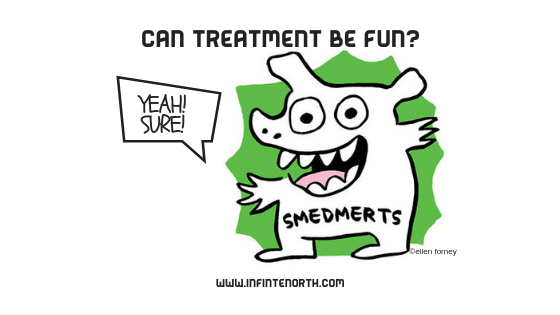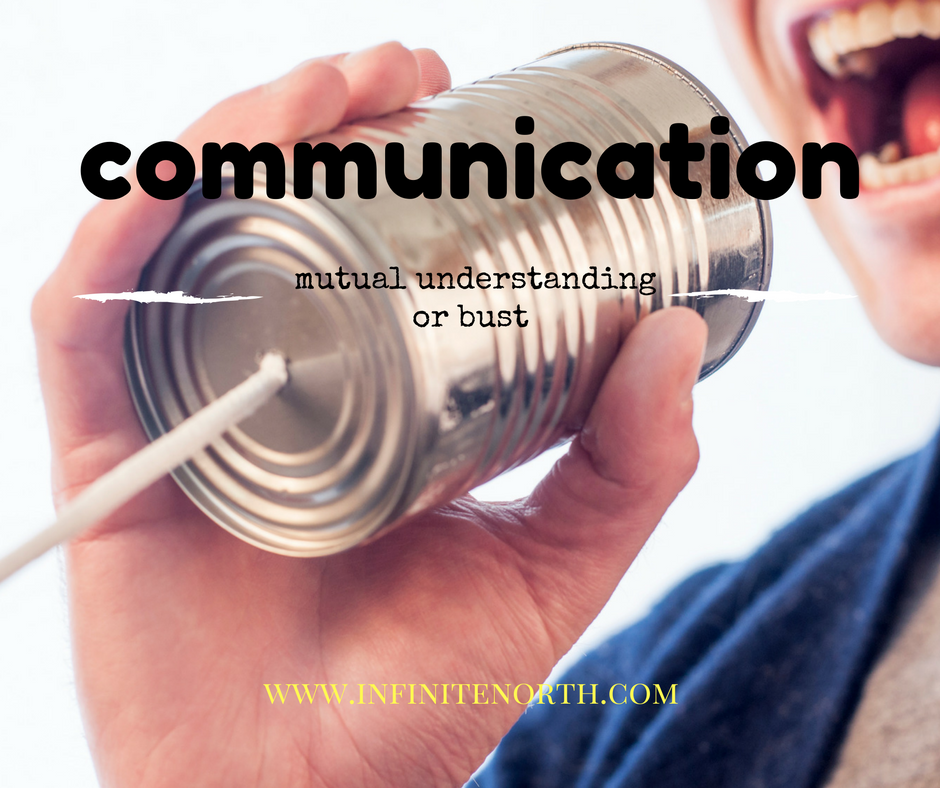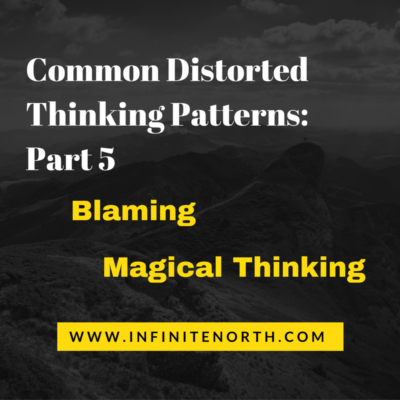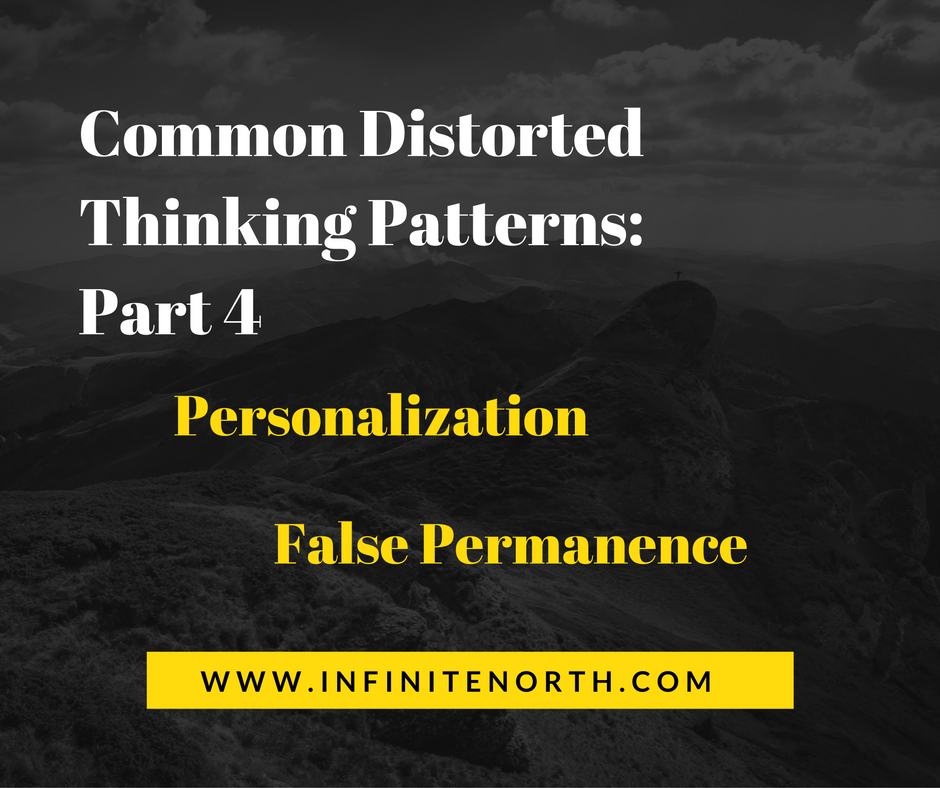I have to admit that most treatment workbooks are dry… sometimes even boring. I can recognize several problems with this.
- Even people that are engaged, motivated, energetic, and generally not struggling with their mood are unlikely to get excited workbooks.
- Mood disorders (depression and anxiety among others) can make it difficult to concentrate and process information effectively, limiting the usefulness of workbooks.
- Most workbooks are designed by therapists. That usually means the content is pretty solid; unfortunately, therapists are necessarily the greatest and creating engaging materials.
Despite those points, I do like clients to have a tangible resource, something with clear guidelines that they can reach for when they’re ready to work on their mental well-being. I don’t want to rely entirely on what they remember from our sessions (see number two above). I’d like to have some options that are a little less dusty.
Many other health initiatives have worked to make themselves more appealing to a general audience. There are mainstream marketing campaigns for smoking cessation. There are commercials airing nationwide and streaming online for healthier food options, working to convince people that food can be healthy and delicious. REI wants me to #optoutside. Even the CDC provides colorful infographics online. They make TV shows immortalizing and glorifying people’s journeys of weight loss and improved fitness (the problems with these programs will have to wait for another blog)
Mental health seems to be a harder sell. There is no mental health treatment equivalent to Zumba. The’s no cutting vegetables into fun shapes to make sure we’re having fun while eating healthy. I’m starting to sound pretty pessimistic, but there’s hope.
Some people have taken it upon themselves to focus on the delivery just as much as the content. I’ve shared Jane McGonigal’s work with Superbetter previously and haven’t found a better example of gamifying recovery anywhere. One example of applying the concept of producing an engaging intervention in the written form is a collaboration between clinician Russ Harris and illustrator Bev Aisbett. The result was The Illustrated Happiness Trap and it’s great for those interested specifically in Acceptance and Commitment Therapy.
A more recent discovery, and probably the more effective example of making a mental health recovery book fun is Rock Steady: Brilliant Advice from My Bipolar Life by graphic artist Ellen Forney. With humor, pragmatism, and clever visuals she translates the dry academic wisdom of clinicians into something very relatable, accessible, and manageable. Her book is built upon her experiences with managing her own bipolar disorder. She acknowledges the struggles inherent associated with emotion regulation and self-care and delivers clinically sound advice. According to Forney, the foundation of health can be boiled down into SMEDMERTS! (Sleep, Medication, Eating (well), Doctor, Mindfulness, Exercise, Routine, Tools, and Support). The acronym is solid and the mascot is even better.
If workbooks or traditional self-help books aren’t for you, don’t give up hope. There is more and more diversity in the options for a structured resource that can help you when you’re not with your therapist. If you’ve got other suggestions, comment below.











